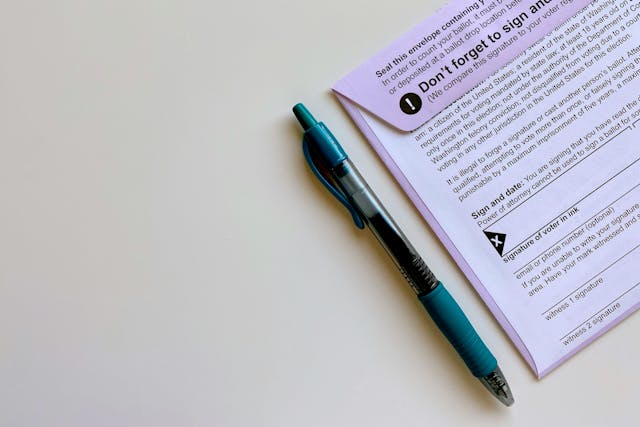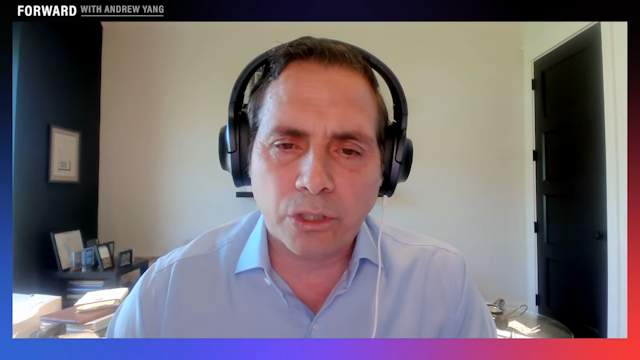Growing Number of Independents Defines Calif. Politics under Top-Two Primary

On Tuesday, June 3, many California voters will go to their local polling location to vote in the first gubernatorial election under California's new nonpartisan, top-two open primary. Under the nonpartisan primary rules, all voters and candidates participate on a single ballot, regardless of party affiliation, allowing all voters -- including No Party Preference voters -- to have an equal say on who ends up representing their state or electoral district.
According to the latest voter registration report from the secretary of state's office, dated May 19, the number of voters registered No Party Preference -- independent voters -- has risen to 3,749,215. This is up 30,284 from the last report, dated April 4, 2014, and up 50,555 from the beginning of the year. Registered independents now make up 21.16 percent of the registered voter population.
This number does not include those registered as "Other," which is a mix of non-designated minor parties and independent voters.
Under the old primary rules, this segment of the voting population would have been required to request a ballot from one of the two major parties in order to participate in what is often the most pivotal stage in the election process: the primaries. "Top-Two," on the other hand, offers all voters, especially independents, an opportunity to select whomever they want to represent them without restricting their choices to a single party's ballot
Further observation of the latest voter registration numbers reveals that the biggest loser continues to be the California Republican Party. Registered Democrats have seen a net loss of over 3,000 voters since the beginning of the year, but their numbers are not diminishing as fast as their Republican counterparts. So far in 2014, the Republican Party has lost 36,770 voters.
If current trends continue, No Party Preference voters willoutnumber Republicans by 2024.
The popular belief is that the California electorate is among the most partisan in the country. The electoral maps CNN, Fox News, and MSNBC like to display at election time certainly suggest this, but a closer look at the electorate reveals that the state has much more purple in it than many people realize.
For many Californians, the Republican and Democratic parties no longer represent their interests. These voters are sick of the status quo and even if that does not mean the end of the two-party system, they now have primary elections that could help make it better. As candidates have to reach out to a broader segment of the voting population, the result is more accurate representation of the constituency at large.
Editor's note: The primary in California is on Tuesday, June 3, 2014. Polls will be open from 7 a.m. to 8 p.m. To find the polling location nearest you, check out the polling place finder on IVN.



